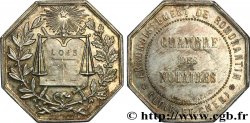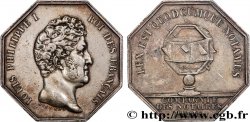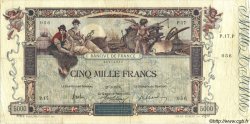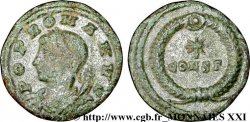E-auction 605-578651 - fjt_811536 - 19TH CENTURY NOTARIES (SOLICITORS AND ATTORNEYS) Notaires de Troyes 1833
You must signin and be an approved bidder to bid, LOGIN TO BID. Accounts are subject to approval and the approval process takes place within 48 hours. Do not wait until the day a sale closes to register. Clicking on « bid » constitutes acceptance of the terms of use of cgb.fr private e-auctions.
Bids must be placed in whole Euro amounts only. The sale will start closing at the time stated on the item description; any bids received at the site after the closing time will not be executed. Transmission times may vary and bids could be rejected if you wait until the last second. For further information ckeck the E-auctions F.A.Q.
NO BUYER'S FEE.
NO BUYER'S FEE.
| Estimate : | 85 € |
| Price : | 34 € |
| Maximum bid : | 36 € |
| End of the sale : | 18 November 2024 21:49:40 |
| bidders : | 11 bidders |
Type : Notaires de Troyes
Date: 1833
Metal : silver
Diameter : 30 mm
Orientation dies : 12 h.
Weight : 14,21 g.
Puncheon : (abeille) ARGENT
Catalogue references :
Obverse
Obverse legend : JUSTITIA. MDCCCXXXIII.
Obverse description : Tête de la Justice à droite dans le style d'Evaïnète, couronnée d'une balance et d'un diadème.
Obverse translation : Justice. 1833.
Reverse
Reverse legend : QUODCUMQUE NOTAMUS LEX. NOTAIRES DE L'ARROND. DE TROYES.
Reverse description : Code de Lois au dessus d'une Bonne Foi dans une couronne de chêne.
Reverse translation : Est Loi ce que nous consignons.
Commentary
La devise "Lex est quodcumque notamus" est une création du père Ménestrier en 1686 pour les secrétaires du roi qui ne s'en sont jamais servi. L'invention fut reprise par les notaires de Paris puis ensuite par les notaires de Province.
The motto \\\"Lex est quodcumque notamus\\\" was created by Father Ménestrier in 1686 for the king's secretaries, who never used it. The invention was taken up by the notaries of Paris and then by the provincial notaries.
The motto \\\"Lex est quodcumque notamus\\\" was created by Father Ménestrier in 1686 for the king's secretaries, who never used it. The invention was taken up by the notaries of Paris and then by the provincial notaries.







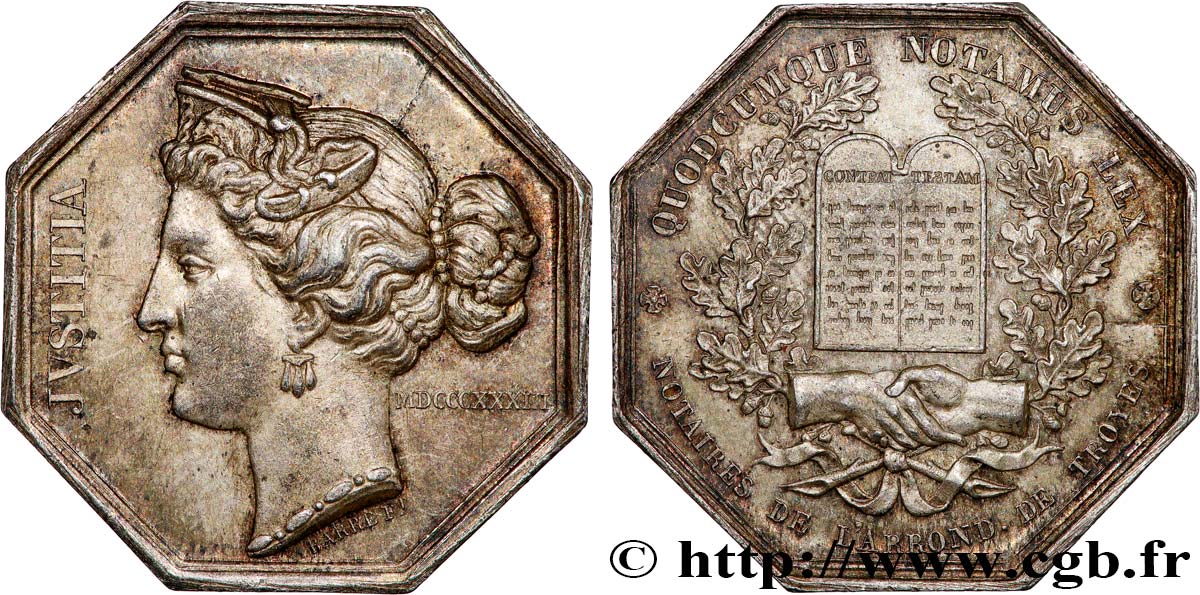
 Report a mistake
Report a mistake Print the page
Print the page Share my selection
Share my selection Ask a question
Ask a question Consign / sell
Consign / sell
 Full data
Full data